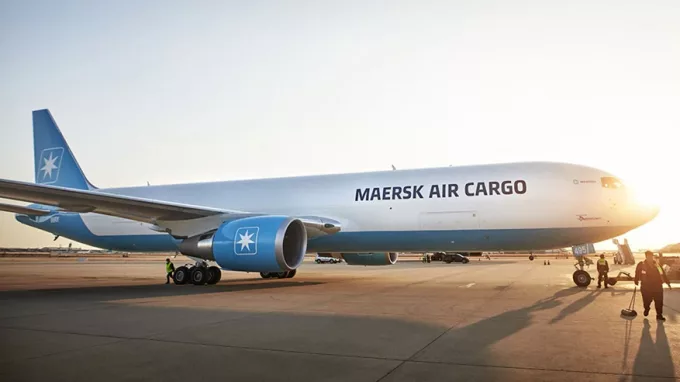US CBP sees 90% fall in revenue last month; airfreight sees ecomm slide
February may have been the month in which the US suspended its de minimis exemption ...

Maersk Air has continued its bullish approach to bringing capacity to market with the launch of two China-US routes just a few weeks after its new China-EU routing.
The container line/air cargo carrier announced two twice-weekly services, linking Greenville-Spartanburg with Shenyang Taoxian and Chicago Rockford and Hangzhou Xiaoshan, both expected to rise to thrice-weekly next month.
Global head of air at AP Møller-Maersk Michel Pozas Lucic said: “Air freight continues to be an important asset in our customers’ end-to-end logistics needs.
“With the ...
Outlook for container shipping 'more uncertain now than at the onset of Covid'
Shippers warned: don't under-value US exports to avoid tariffs – 'CBP will catch you'
Cancelled voyages take the sting out of spot rate declines this week
New Houthi warning to shipping as rebel group targets specific companies
K+N CEO unveils impact of US import tariffs on China-origin goods
Blanked sailings in response to falling demand 'just a stop-gap solution'
CMA CGM to reflag box ship as the French carrier eyes growing Indian market
Boeing looks to resell up to 50 aircraft rejected by Chinese buyers
More pressure on transpacific rates as carriers bet on a China-US trade deal
Teamsters union vows UPS will be 'in for a hell of a fight' over jobs cull
'Strong start' to 2025, despite market uncertainty, says Kuehne + Nagel
US Customs chaos means 'more downside risk than upside potential' for air cargo
Taiwan ministries act to mitigate effect of trade war on agriculture exports
Wan Hai joins box shipping 'arms race', but avoids Chinese yards for newbuilds
MOL signs up with Climeworks for direct air carbon capture and storage

Comment on this article